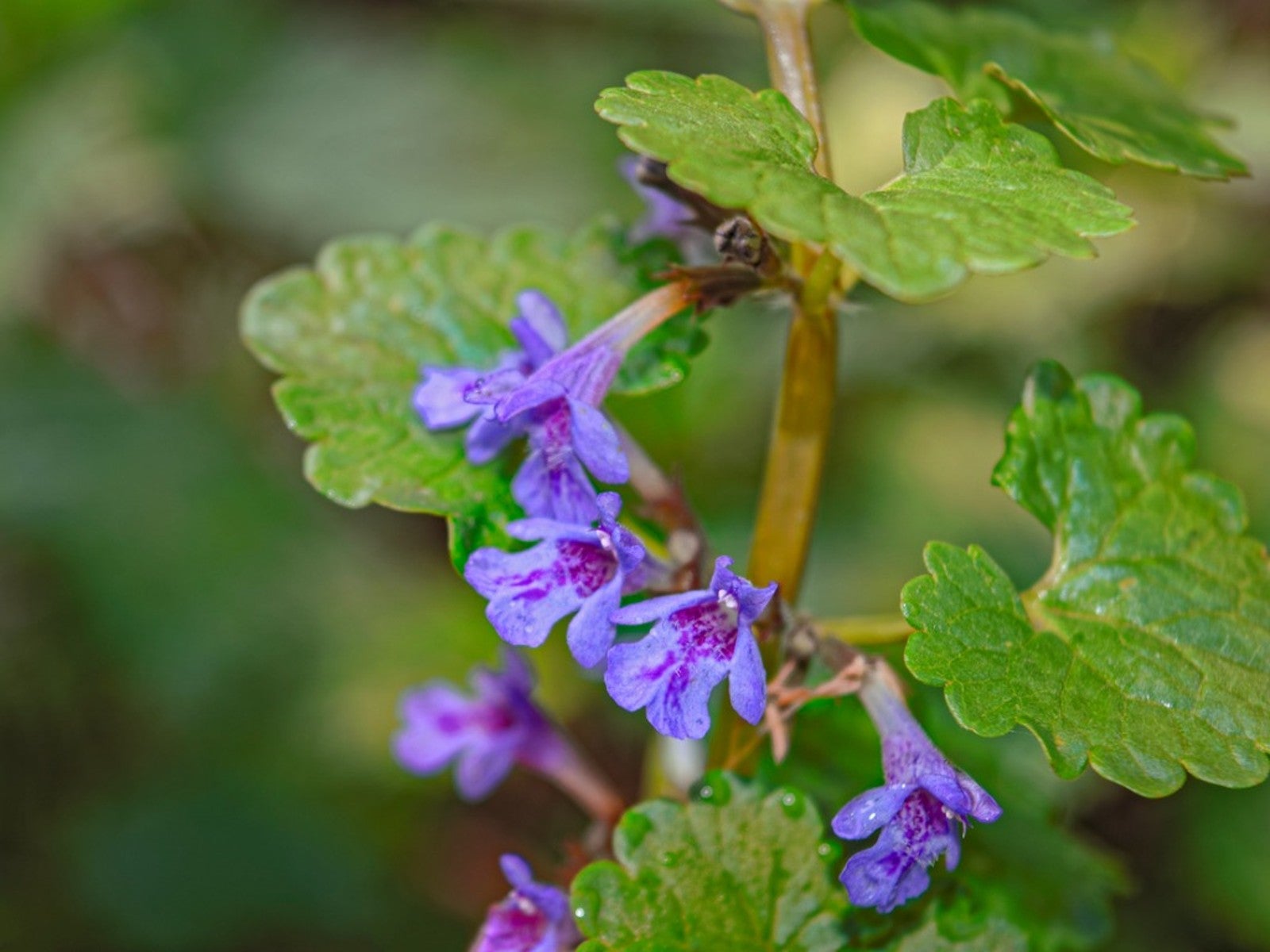Common Types Of Weeds With Purple Flowers


Weed control can be a difficult task in most any garden. While some species may be considered more invasive than others, the process of removing weeds can be painstaking. Whether controlling the plants manually or chemically, learning to identify specific types of weeds can be helpful in understanding more about their proper removal. In this article, we will examine several common purple flowering weeds in greater detail.
Common Purple Lawn Weeds
- Common Violet - This weed with purple flowers is most frequently found growing in shady lawns. Spreading quickly, common violets grow to form large masses of dense heart-shaped foliage, with distinctive purple blooms. Common violets are among the first flowers to begin blooming each spring, and usually cease once the weather has started to warm.
- Henbit - Another very common purple flowering weed, henbit is able to spread quickly to cover entire lawns. It is especially problematic in agriculture, as it often can multiply across the expanse of fields. Since henbit is generally considered a cool season annual or biennial, it can be controlled quite easily as crops are planted for the summer growing season.
- Ironweed - When it comes to identifying plants with a purple flower, weeds like ironweed can be found growing in both open spaces and near garden beds. Ironweed is a very tall plant, which produces clusters of purple threadlike blooms. Appearing in very late fall, flowers are exceptionally popular with pollinators and beneficial insects.
- Purple Dead Nettle - Sporting both foliage and flowers in varying shades of purple, weed flowers like purple dead nettle are quite noticeable in lawns. Plants are exceptionally common in areas where the ground has previously been disturbed. Purple dead nettle is known to multiply rapidly and can quickly overtake flower beds and vegetable gardens.
- Thistle - Invasive thistles are often found growing along ditches, roadsides, and near pastures. Sharp, mottled foliage gives the plant a unique appearance, which makes it quite easy to identify. Large blooms open to show a highly ornamental, purple, hairlike form. Flowers are extremely attractive to bees, which cover the bloom from summer and into early fall.
Sign up for the Gardening Know How newsletter today and receive a free copy of our e-book "How to Grow Delicious Tomatoes".

Tonya Barnett has been gardening for 13 years. Flowers are her passion. She has transformed her backyard into a cut flower garden, which she regularly chronicles on her YouTube channel http://www.youtube.com/@tonyawiththeflowers.